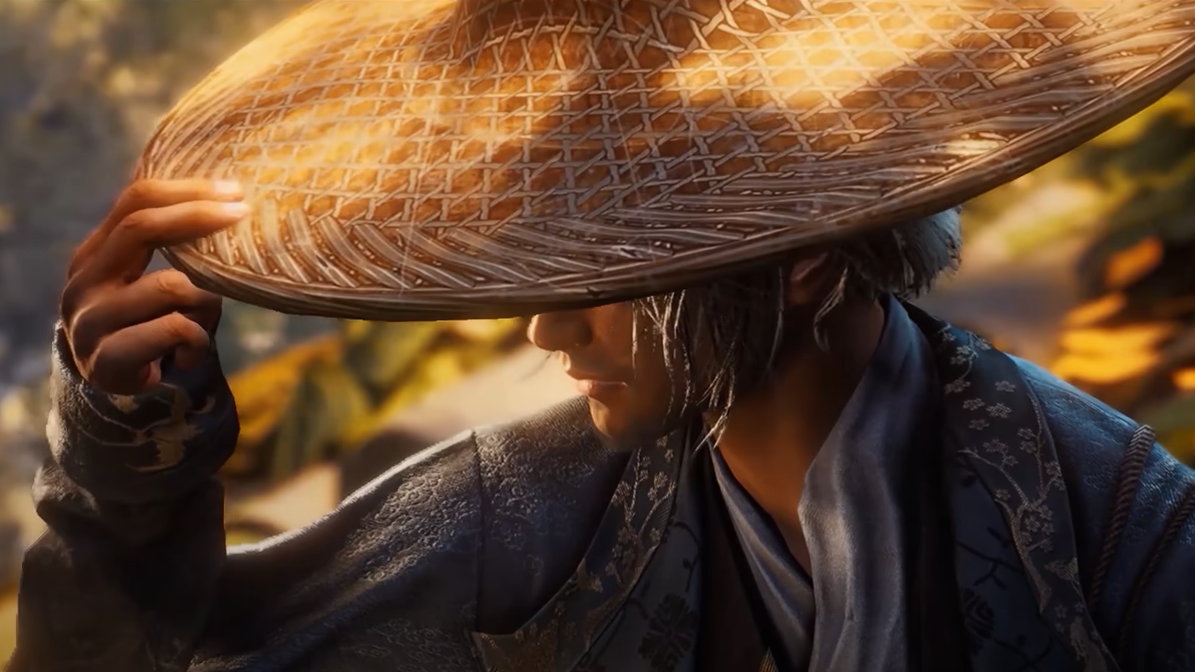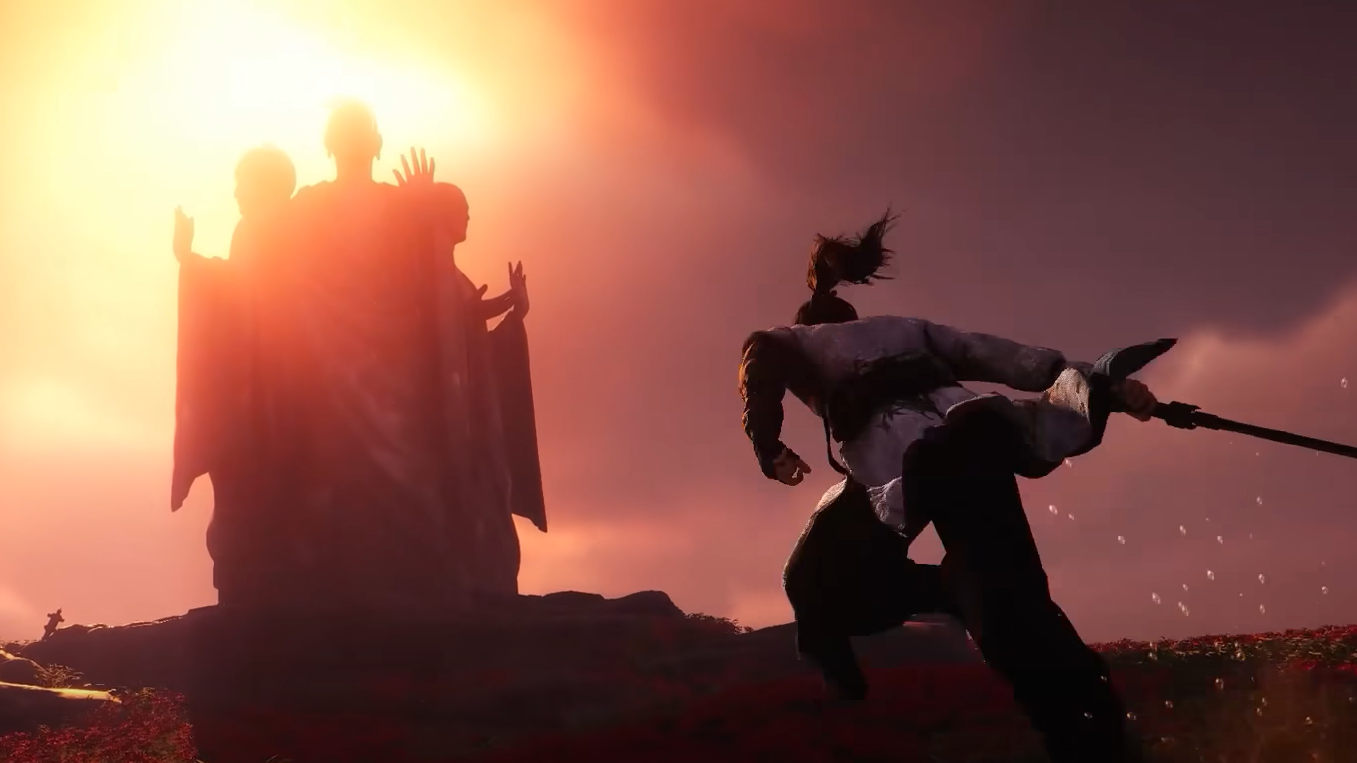Where Winds Meet spends a surprising amount of its ambition not just on wuxia combat, but on how your hero looks and sounds. Before you set foot in tenth‑century China, the game invites you to sculpt a face, pick a style, and even generate a custom voice using a feature called Smart Customization.
That system is both one of the most novel parts of character creation and one of the most temperamental. It blends traditional sliders and presets with AI‑driven voice and image analysis, and at launch, it has clear quirks players need to work around.
Where Winds Meet voice customization options
Voice sits alongside the usual cosmetic tools rather than buried in menus. During character creation, you move through gender, face presets, manual tweaks, makeup, and hair; then a separate Smart tab controls how your character sounds.
| Voice feature | What it does | How you use it |
|---|---|---|
| Preset voices | Default voice packs for male and female characters | Choose from listed voices without Smart Customization |
| Smart Customization (Voice) | Generates a custom voice profile from your recording | Read a reference line into your mic in the Smart tab |
| Smart Customization (Image) | Builds a face preset from a single portrait photo | Upload a tightly cropped, front‑facing image of a face |
| In‑game edits | Later appearance changes for a fee | Spend special tickets to resculpt your face |
Voice customization is optional and purely cosmetic. It doesn’t change stats, combat, or dialogue options; it just affects the tone and delivery of spoken lines.

How Smart Customization voice works
Smart Customization’s voice mode is designed to map some traits of your real‑world speech onto your character. Once you have picked a body type and moved to the Smart tab, selecting Voice and then Record prompts a short reference text on screen. You read that line into your microphone, and the game analyzes:
- Pitch (higher or deeper voice)
- Speaking speed and cadence
- Basic tone and energy
From that short clip, the game generates a “voice preset” attached to your character. Players describe this as adding a custom flair rather than producing a perfect clone of their own voice. The result still sounds like one of the game’s voice archetypes, nudged in your direction.
When the system is functioning properly, the pipeline looks like this:
- Select body type
- Open Smart > Voice
- Grant microphone permission if asked
- Read the full line on screen clearly, without rushing
- Wait while the game displays a processing status
- Preview the newly generated voice on your character
Some players report that voice analysis completes on the first attempt when they speak clearly and close to the mic. Others see repeated failures or an “under review” message that never resolves; more on that later.
Smart Customization from a photo (and why it keeps rejecting images)
Smart Customization can also generate a face preset from a single image. The idea is straightforward: upload a portrait, align it with the guides the game shows, and let the engine output a face that roughly resembles that photo within the game’s art style.
In practice, the feature is picky. Many players immediately hit an “image doesn’t meet requirements” error, even with seemingly normal selfies. The system expects something very close to an ID photo:
- A single person’s face only, front‑facing
- No glasses, masks, or heavy facial jewelry
- Clear lighting and visible facial contours
- Background not cluttered with other faces or high‑contrast elements
One reliable workaround is to crop your picture tightly around the head and shoulders and treat it like a passport photo. Removing glasses and trimming any busy background increases the odds that the upload is accepted. Even then, the game may reject a shot several times before accepting it; players have had to re‑upload the same image repeatedly until the system finally proceeds.
If the upload passes, the game asks you to line up your face with on‑screen guides. Once that alignment is confirmed, it outputs a custom preset. Expect an interpretation, not a one‑to‑one likeness—facial structure, skin tone, and some details carry over, but stylized within Where Winds Meet’s character models.
Important limitation: switching from Smart Customization back to the regular Customization tab warns that all Smart settings will be discarded. That means going back to manual sculpting can wipe both the AI‑generated face and voice for that character.
Why Smart Customization fails so often
On day one, a lot of players ran into Smart Customization screens that simply refused to cooperate. Typical complaints include:
- Every image upload returning “does not meet requirements”
- Voice recordings failing instantly, even with a working mic
- Voice analysis staying stuck on “under review” for ten minutes or more
There are a few practical reasons this happens:
- The photo classifier is strict about framing, occlusions, and lighting.
- Microphone access can be blocked at the OS level, so the game receives silence.
- Server‑side processing can get overloaded at launch, delaying results.
Players who eventually succeeded with photos often did three things: shot a new picture with good lighting, cropped it to only the face, and retried the upload multiple times in the same session. For voice, enabling the correct input device in system settings and turning off other apps that hold the mic open (like voice chat) helped some people get past repeated failures.
Even when it works, the payoff isn’t always strong enough to justify thirty minutes of wrestling with requirements. More than a few players end up abandoning Smart Customization after experimentation and returning to the robust manual sculpting tools instead.
Where Winds Meet character voice versus English voice acting
Smart Customization sits on top of the broader voice‑over setup for Where Winds Meet. The game ships with full audio in multiple languages. On Steam, English, Simplified Chinese, Traditional Chinese, Japanese, Korean, French, German, and Latin American Spanish all have voice support.
That leads to two separate questions players are asking:
- How good is the English voice acting?
- Is any of it synthesized by AI?
The first is subjective. Early impressions range from “okay” to “below average,” with specific criticism aimed at how modern some female English voices sound in a historical Chinese setting. Some players describe a strong American accent on female player characters as immersion‑breaking, especially when surrounded by Chinese scenery and story beats.
The second question—whether English lines are fully human‑voiced or AI‑assisted—is less clear. The developers highlight Smart Customization using AI for character generation, and player speculation points to AI‑generated voices for minor English NPCs based on odd pronunciations and inconsistent delivery. Others point to at least one English‑speaking character with a very thick accent as evidence of traditional voice acting work. Without a detailed cast list or technical breakdown, the split between recorded and synthesized English voices remains opaque.
For many players, that uncertainty is a reason to stick with the original Chinese voice‑over track and use subtitles for their language. Chinese audio pairs better with the period and setting, avoids uncanny AI‑tinged delivery in incidental chatter, and still allows full comprehension through text.
How voice customization interacts with language and lip‑sync
Smart Customization’s voice profile does not replace the entire voice‑over language. It modifies how your character sounds within the language you selected in settings. So if the game is running in English, the generated voice remains English; switching to Chinese audio means your character speaks Chinese regardless of your own native tongue.
Lip‑sync is another trade‑off. The game is clearly authored around Chinese mouth movements. English voice tracks, whether recorded or synthesized, don’t always align cleanly with facial animation timing, and there is no indication that the engine retargets lips for every Smart Customization variant. That mismatch is especially noticeable in close‑up cutscenes.
Smart Customization doesn’t improve or worsen lip‑sync; it just swaps one variant of the same language’s audio. If accurate mouth movements matter more than custom voice tone, using Chinese audio with subtitles currently looks and feels more cohesive.
Character customization limits that affect voice choices
Beyond Smart Customization, Where Winds Meet’s broader character system has design decisions that indirectly shape how much you should invest in perfecting a voice at the start.
| System | Key limitation | Impact on voice customization |
|---|---|---|
| Account slots | One character per account | Mistakes in early customization persist unless you start over |
| Resculpting | Appearance edits require paid tickets | Later changes to face (and possibly voice) cost money |
| Cosmetics store | Hairstyles, makeup, outfits sold for currency | Visual identity is easy to change, but voice depends on initial setup |
Since you only get one character per account, the usual “I’ll remake later” approach is more painful. The game does offer paid tickets that let you redo facial features, and the cosmetic store constantly adds new hair and clothing, but there is no straightforward, free, unlimited way to rerun Smart Customization from scratch without resetting your character progress.
The practical takeaway: spend the time to get your baseline voice and language choice where you want them before diving deep into the story, especially if you’re sensitive to tone or accent.

Practical tips for getting the most from Where Winds Meet voice customization
Smart Customization is worth experimenting with, but it’s not mandatory for a satisfying playthrough. If you want to lean into it despite its rough edges, a few patterns emerge from early use:
- For voice, prioritize clarity over performance. Read the reference line slowly and distinctly into a mic you know works in other apps.
- If voice analysis hangs on “under review,” back out, confirm your OS input device, and try a fresh recording once or twice rather than spamming attempts.
- For images, shoot or pick a simple, well‑lit, front‑facing portrait, crop it to the head and shoulders, and remove glasses.
- Be prepared for multiple photo upload failures even when you’re doing everything “right.” Persistence matters.
- If you care more about immersion than novelty, consider Chinese audio with subtitles instead of pushing hard on custom English voices.
Underneath the launch‑day frustration, the idea is compelling: a wuxia RPG where your hero doesn’t just look like you but speaks with an echo of your own voice. Once the technical issues are smoothed out and the rules around photo and audio input are clearer, Smart Customization could become one of the more memorable ways Where Winds Meet separates itself from a crowded field of open‑world action RPGs.


